China's Heavy Ion Technology Enters Turkmenistan, Writing a New Chapter in "Belt and Road" Health Co
China's Heavy Ion Technology Enters Turkmenistan, Writing a New Chapter in "Belt and Road" Health Cooperation
From October 10th to 13th, at the International Medical, Educational, and Sports Exhibition in Ashgabat, the capital of Turkmenistan, China's heavy ion technology amazed the audience with its full-chain independent innovation capabilities. As a benchmark force in China's heavy ion medical field, the Wuwei Heavy Ion Center of Gansu Wuwei Cancer Hospital systematically showcased its core technological achievements at the exhibition. With a "hardcore" posture of "technological confidence, product confidence, and management confidence," it became the focus of the exhibition, presenting to the world the era's answer sheet of "Made Intelligently in China" serving global health, and further injecting new momentum into medical cooperation among countries along the "Belt and Road" with concrete actions.
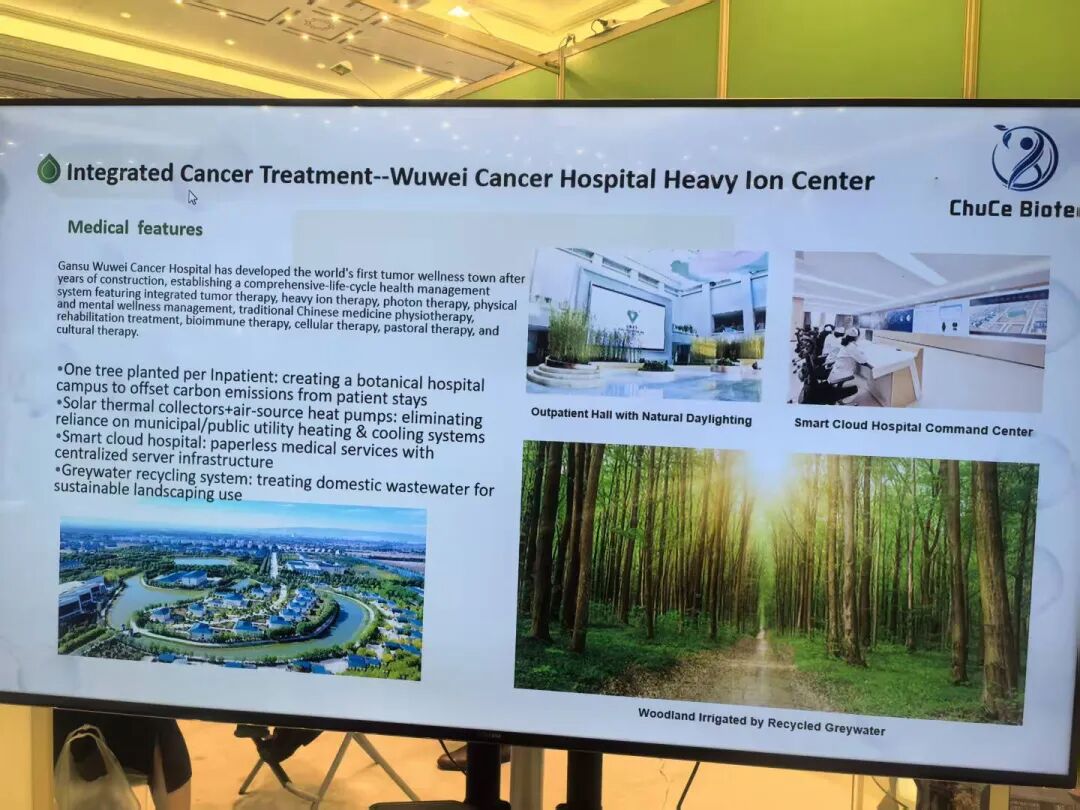
From being a "follower" to a "frontrunner," the counter-attack journey of China's heavy ion technology is an innovation epic engraved with the "Wuwei Spirit." In 2012, when heavy ion cancer treatment technology was still confined to the laboratory, the research team of the Wuwei Heavy Ion Center, with the tenacity of "not bowing to difficulties, daring to turn the desert into an oasis," after more than ten years of day-and-night efforts and repeated trials and assembly, finally propelled China's heavy ion technology from the research hall to the clinical front line, breaking the foreign technological monopoly and becoming a model of independent innovation in China's high-end medical equipment. Today, this breakthrough from scratch, from having to excellence, is being showcased to the world through international exhibition platforms, demonstrating the rising power of China's medical technology.
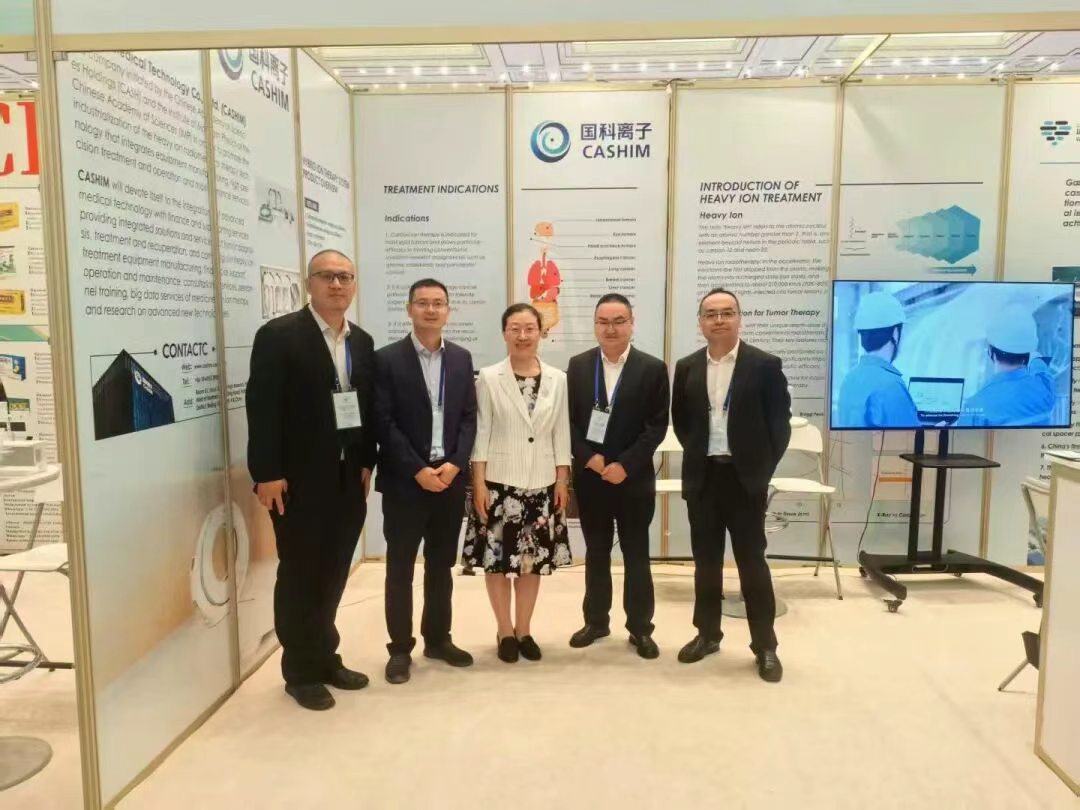
At the exhibition, the "hardcore report card" of "eight world and domestic firsts" presented by the Wuwei Heavy Ion Center visually confirmed China's global leading position in this field: it is the only hospital in the world operating two heavy ion treatment systems, forming a "dual-center synergy" pattern through hosting the Lanzhou Heavy Ion Center, greatly enhancing its technical capacity and radiation range; it ranks first globally in the number of single-fraction, single-day treatments performed, significantly shortening treatment cycles and reducing physical and mental burdens for patients; it pioneered globally in multiple cutting-edge technologies such as precision treatment under respiratory gating, bladder cancer treatment under bladder volume control, and single-session treatment with surgically implanted spacer pads – each breakthrough opens new life channels for patients with complex conditions; it pioneered domestically the 360° rotating and lifting ion radiotherapy chair, providing hardware support for precision treatment; it also set global records for being the first to complete multiple cases of heavy ion treatment for cardiac tumors and the first to implement "treatment + whole-life-cycle physical and mental health management," leading industry development trends from technology to service.
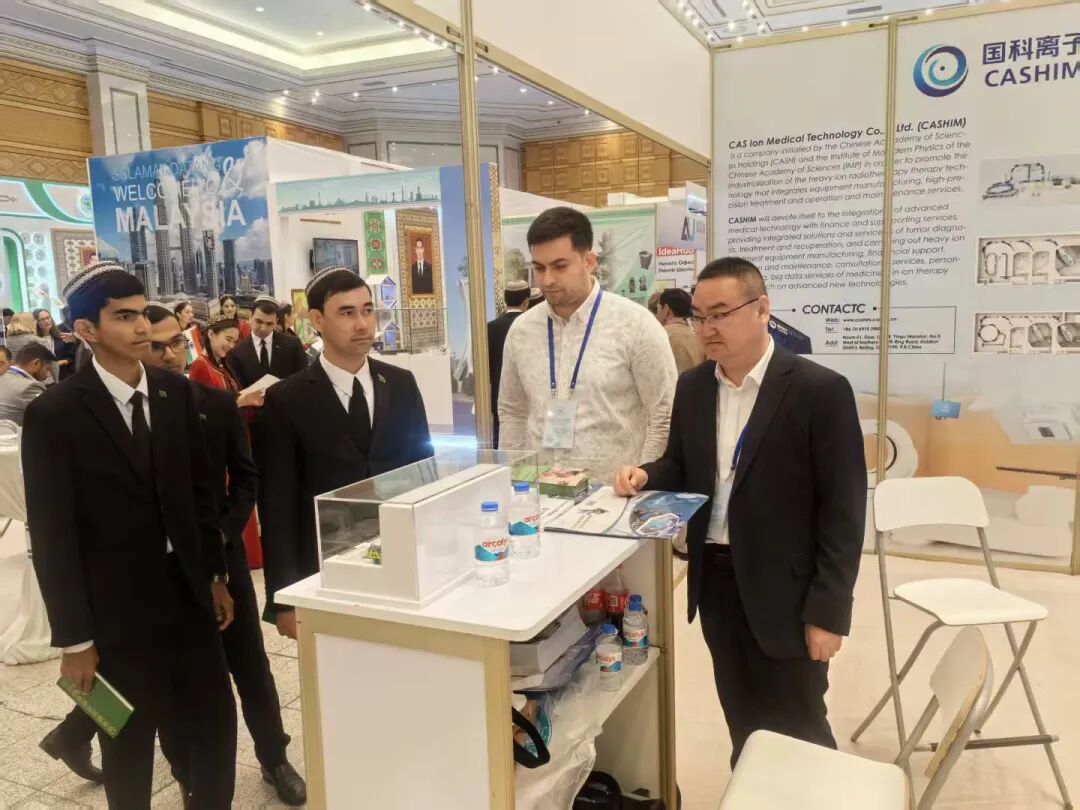
Technological leadership ultimately translates into breakthroughs in clinical efficacy. Today, the clinical capabilities of the Wuwei Heavy Ion Center have achieved a qualitative leap: the number of diagnosed and treated disease types has expanded from 7 during the 2018 clinical trial period to over 50, with standardized diagnosis and treatment protocols tailored to the characteristics of Chinese patients established for each disease; the annual number of treatments has jumped from 200 to nearly 1,000 cases, with an average annual growth rate of 17.5%, and both treatment efficiency and efficacy have reached internationally advanced levels. As of now, the center has brought hope to over 2,300 patients, with its service coverage extending to all provinces and cities in China (including Taiwan, Hong Kong, and Macao) and several countries such as Australia, Belgium, and South Korea. The international recognition and standard influence of China's heavy ion technology continue to rise, allowing the "Chinese Solution" to occupy an important place in the global field of tumor treatment.
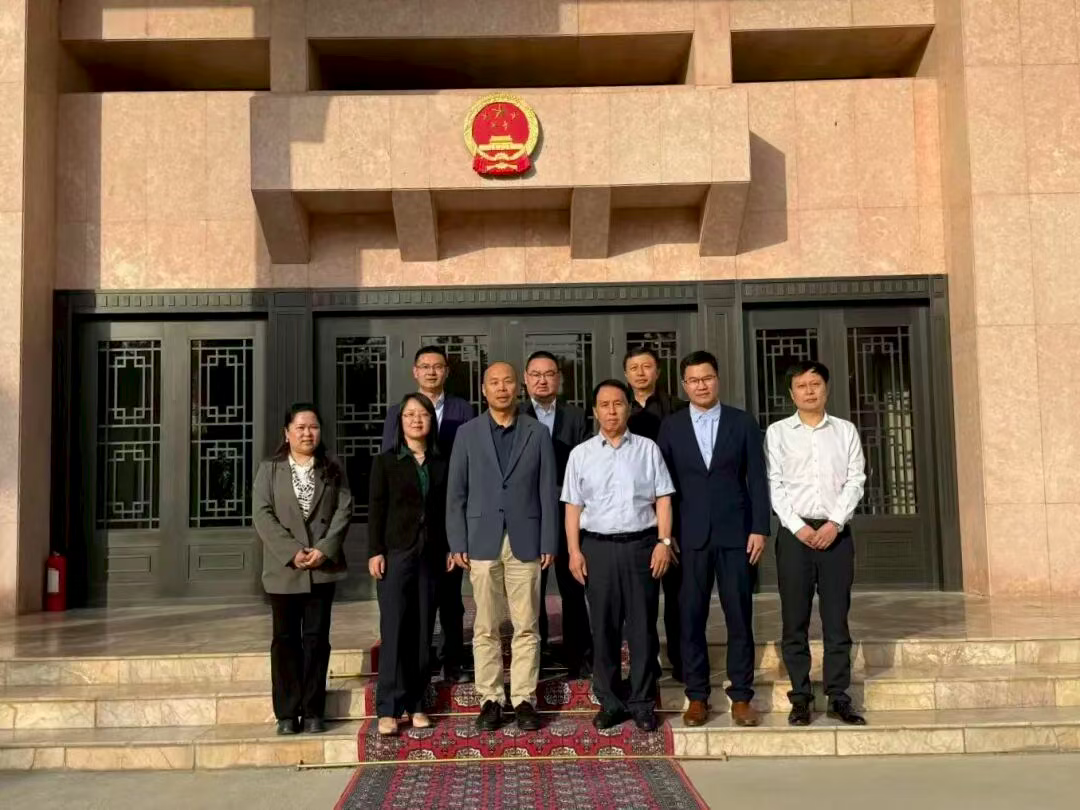
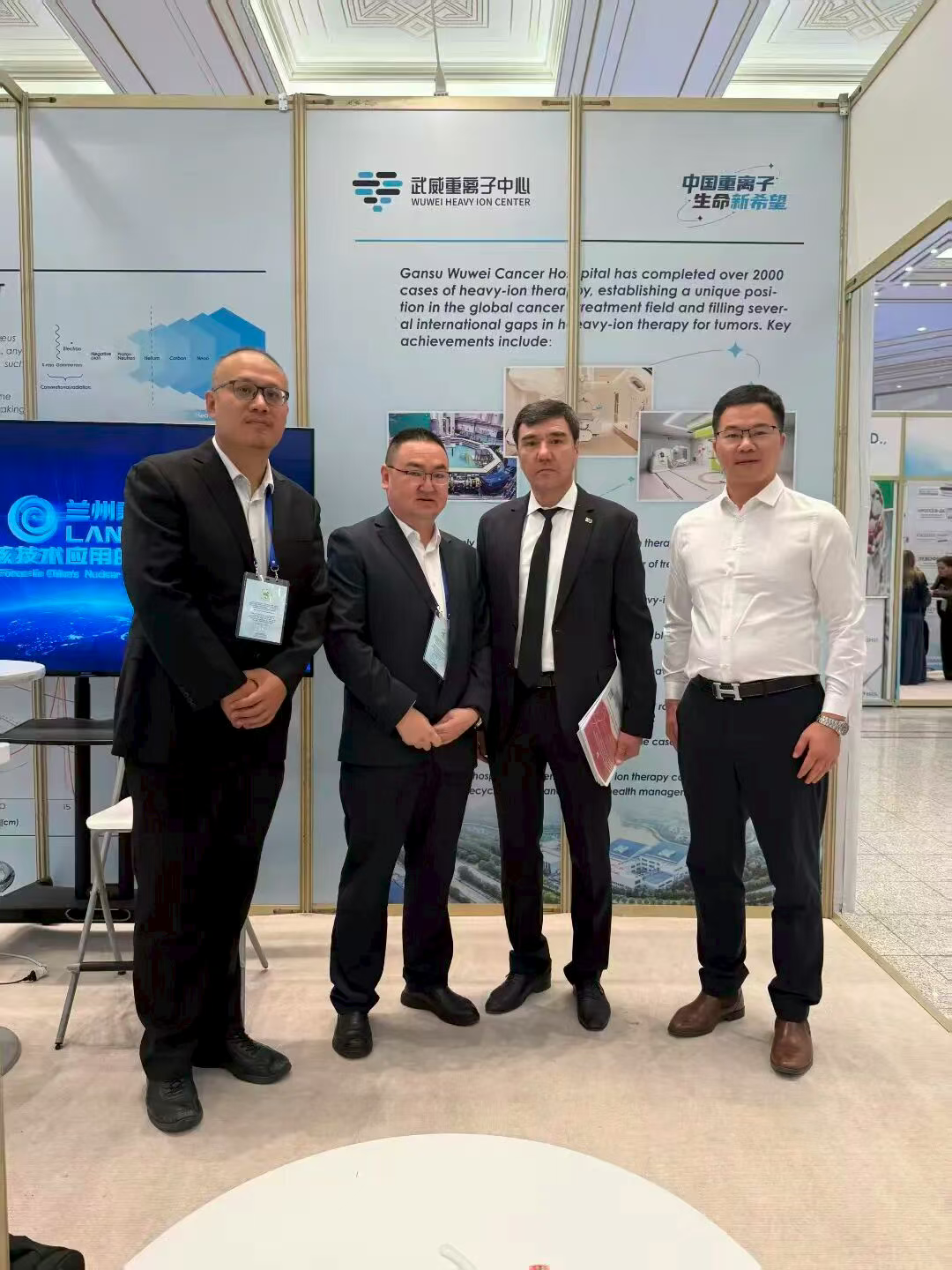
While consolidating its technological advantages, the Wuwei Heavy Ion Center is also building an international cooperation platform with an open attitude, promoting Chinese standards to the world. The center has successively appointed international authoritative experts such as Professor Tatsuaki Kanai from Gunma University, Japan, and Professor Jörg Hauffe, former Director of the Munich Proton Therapy Center in Germany, not only introducing global top-tier expertise but also accelerating the alignment of Chinese standards with international ones. Recently, it further invited Professor Yasuo Yoshioka from the Japanese Foundation for Cancer Research and Professor György Kovács, Director of the Lübeck Brachytherapy Center in Germany, for long-term residencies at the hospital. Through clinical mentoring and technical guidance deeply integrated into Chinese diagnosis and treatment protocols, they are laying a solid foundation for building a tumor treatment system and standard export platform with international competitiveness.

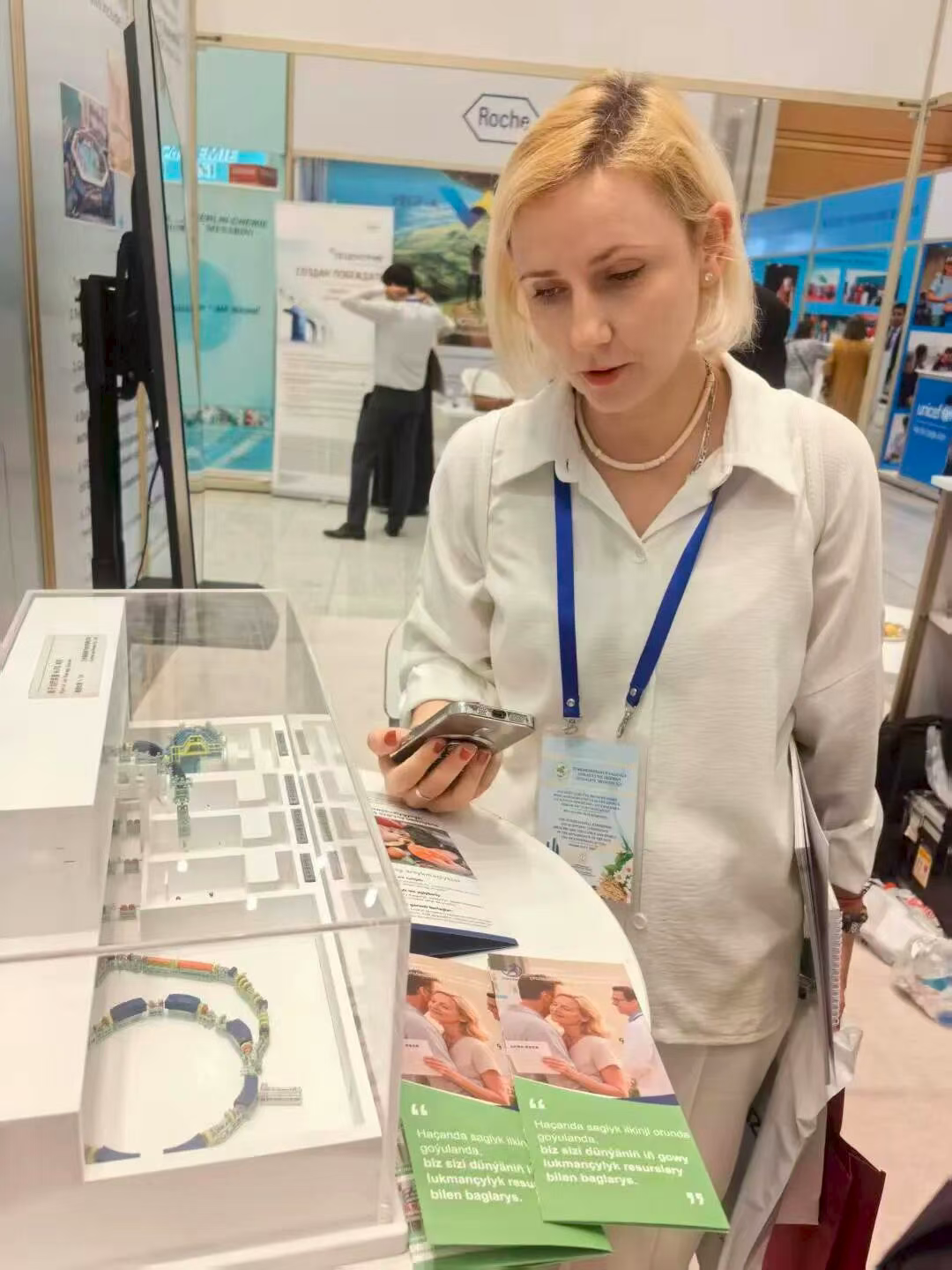
The recently concluded International Exhibition in Turkmenistan was an important annual event of the Turkmen government, held concurrently with the "Public Health Services and Medical Industry Workers' Day." It served both as a window to showcase national development achievements and a bridge to promote international scientific and technological cooperation. The appearance of China's heavy ion technology was not only a display of achievements but also a key practice by the Wuwei Heavy Ion Center to promote the improvement of medical standards in "Belt and Road" countries – transitioning from a "game-changer" that broke foreign monopolies to a "contributor" exporting full-chain solutions. China's heavy ion technology is gradually gaining international discourse power in the field of radiation oncology by virtue of its hard power in independent innovation.
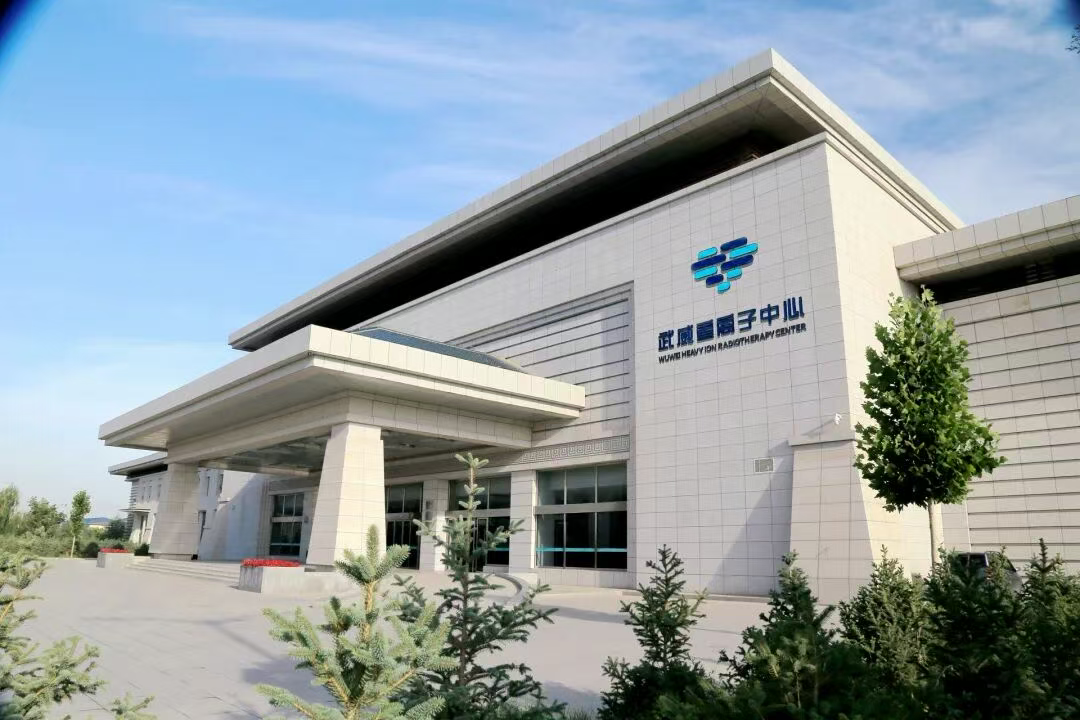

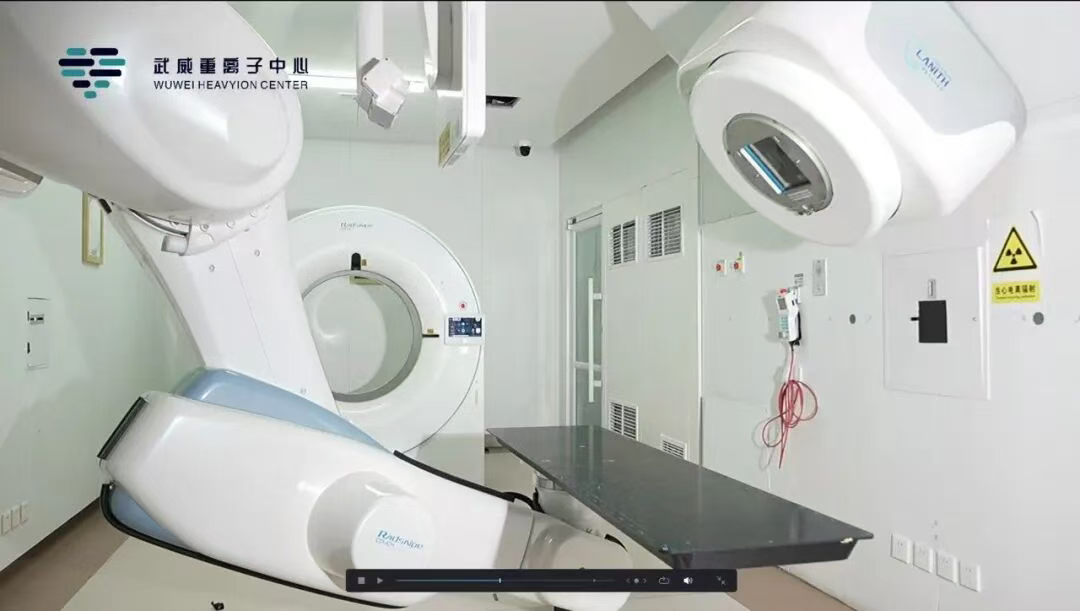
From the exhibition venue in Ashgabat to the broad stage of global health cooperation, every leap forward made by China's heavy ion technology is a vivid footnote to international cooperation under the "Belt and Road" Initiative. It has opened up new space for Sino-Turkmen medical cooperation and provided Chinese support for the health and well-being of people in countries along the route. In the future, China's heavy ion technology will continue to uphold the mission of "China's Heavy Ions, Health for the World," using technological innovation as the brush and international cooperation as the ink, to write more Chinese chapters on the scroll of global health endeavors.
